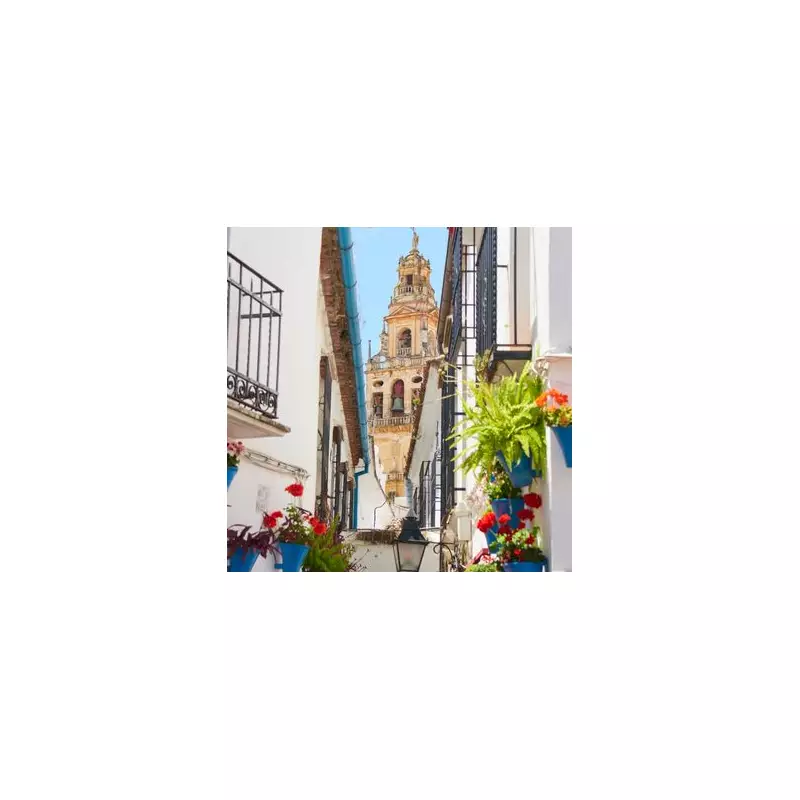
Seville has undergone a remarkable urban revolution that has seen its historic centre transformed into one of Europe's most pedestrian-friendly destinations. The Spanish city's ambitious project has turned congested streets into peaceful, walkable spaces where visitors can truly immerse themselves in centuries of architectural splendour.
A Radical Urban Transformation
The city's historic heart has been completely reimagined, with authorities implementing bold measures to prioritise pedestrians over vehicles. What was once a maze of traffic-choked lanes is now a serene network of walkways where the sounds of revving engines have been replaced by the gentle footsteps of explorers and the chatter of outdoor cafes.
Architectural Wonders Revealed
With the reduction in traffic, visitors can now properly appreciate Seville's stunning architectural heritage. The city's famous landmarks, including the magnificent cathedral and the ancient Alcázar palace, can be enjoyed without the distraction of passing vehicles. The cleaner air has also helped preserve these historic structures for future generations.
Exploring the New Seville
The pedestrianisation project has created several distinct zones that showcase different aspects of Seville's rich history:
- The Cathedral Quarter: Home to the world's largest Gothic cathedral and the iconic Giralda tower
- Santa Cruz District: A labyrinth of narrow streets and hidden plazas that was once the Jewish quarter
- Triana Neighbourhood: Famous for its flamenco culture and traditional ceramic workshops
- Metropol Parasol: The modern wooden structure offering breathtaking city views
Sustainable Tourism Success Story
Seville's transformation represents a blueprint for how historic cities can adapt to modern environmental challenges while enhancing the visitor experience. The reduction in vehicle emissions has significantly improved air quality, making exploration more pleasant and contributing to the city's sustainability goals.
Local businesses have flourished in the new pedestrian-friendly environment, with cafes and shops benefiting from the increased footfall. The changes have created a more vibrant street life, where visitors can linger longer and discover hidden gems away from the main tourist trails.
Planning Your Visit
For travellers considering a trip to this transformed city, the best times to visit are during spring and autumn when the weather is ideal for walking. The city's efficient public transport system makes it easy to reach the pedestrianised centre, while numerous accommodation options cater to all budgets within walking distance of the main attractions.
Seville's successful blend of historic preservation and modern urban planning serves as an inspiring example for cities worldwide. This Spanish gem has proven that prioritising people over cars can create a more enjoyable, sustainable and culturally rich urban experience.





